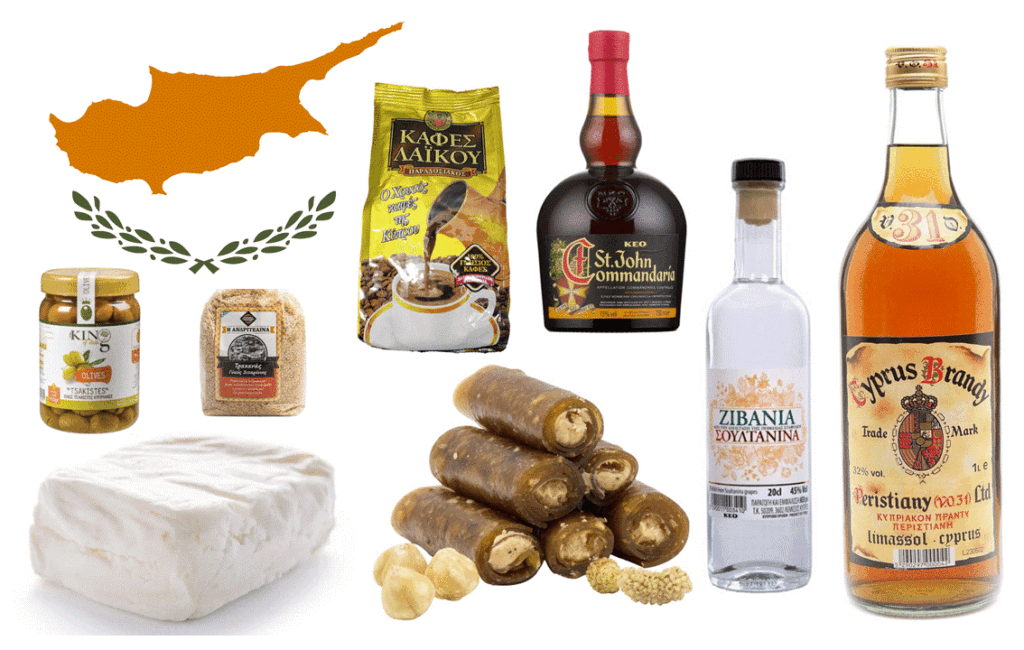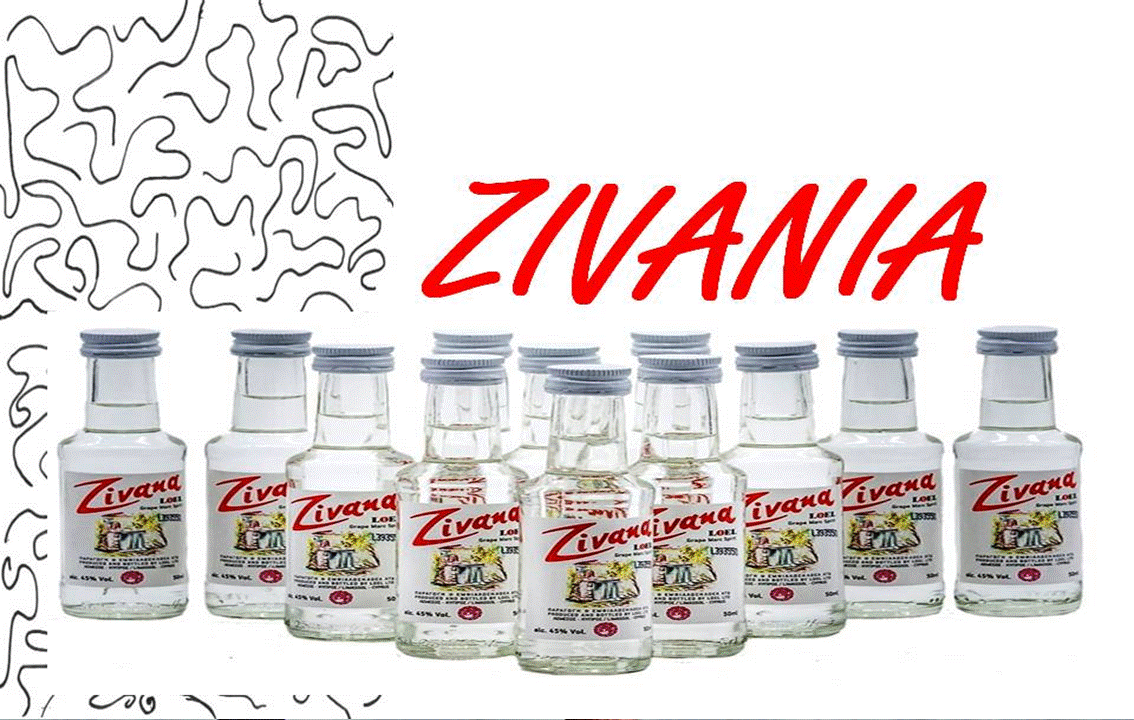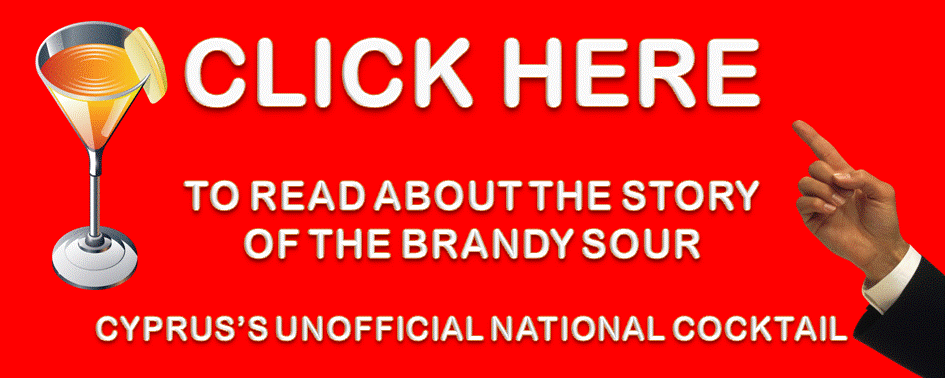
THE
POLISHED
SPIRIT
OF
CHOICE

A CYPRUS TRIBUTE TO VITICULTURE
The centuries-old viticulture of Cyprus and the origins of the island’s unique alcoholic spirit of choice are closely linked.
IT’S IN THE NAME: Zivania was born out of the age-old winemaker’s desire to find a use for one of the by-products of wine production, pomace. Indeed, the name ‘Zivania’, is derived from the Greek word for pomace. Pomace, or zivana, is the main component of Cyprus’s polished spirit of choice.
HOW IT’S MADE: Zivania, along with wine, were the main alcoholic drink, consumed all over the island before the introduction of beer and other alcoholic spirits. Cyprus Zivania is distilled by taking the pomace and then combining it with a mixture of local dry wines. These wines are made from the XYNESTIRI and MAVRO grape varieties, which are both unique to the island. The result of this process is a colourless, high-alcohol content drink with a light aroma of raisins.
MANY DIFFERENT VERSIONS: Today, there are many versions of the drink available. Although Zivania is primarily mass-produced as a standard product by the largest distilleries on the island, several smaller, independent village distilleries still produce the drink using traditional methods. These smaller distilleries are known as ‘Lampikos’ locally, and they are mainly situated in the TROODOS MOUNTAINS. Zivania is typically made with an alcohol content of 45%, but the ‘Lampikos’ often produce a stronger version of the drink, with some versions having an alcohol content of up to 60%.
ZIVANIA GOLD: Zivania Gold is a well-known ‘Lampikos’ product. This version of the spirit contains ground cinnamon, enhancing the taste and giving the drink a distinctive, rich, golden colour, as well as a fresh fruity flavour. This version of the drink pairs well with several Cypriot cheeses and cured meat products. It also supplements a Cypriot ‘souvla’ very well.
AGED ZIVANIA: Aged Zivania is a highly sought-after after valued product that contains no sugars or acidity. As it has no freezing point, it is normally kept in the freezer. The ageing process that is used allows for the spirit to gain stronger flavours and aromas. Most Cypriot households have a version of this drink, and many Cypriots over the ages have found other uses for it. Warmed-up versions of the drink are readily used as a remedy for several ailments. These include colds and toothaches, and it is also used as a stimulant for massaging sore body parts.
CONSUMPTION: Zivania is generally still consumed throughout the year. During the summer months, it is served ice-cold straight from the freezer. During the winter months, however, it is generally served as a hot drink. This is a common offering from numerous traditional coffee shops, known as the ‘KAFENEON’, and taverns dotted all over the villages of the TROODOS MOUNTAINS.



FROM MOONSHINE TO NATIONAL DRINK
Traditionally, Cyprus wine producers made Zivania on a large scale. They then sold it to merchants of wines and spirits who distributed the drink across the island. This continued unabated until 1949. British Colonial authorities, who were finding it too difficult to collect excise duties on the product, then decided that it would serve their interests better to simply ban it. They went on to issue a British Colonial decree that made the distribution of all Zivania products by the wine producers illegal. All remaining quantities of the spirit were simply re-distilled. This produced a high-quality spirit, which was then used as a base for the production of other alcoholic products.
This 1949 British Colonial decree forced all Zivania production underground. The drink after this was produced domestically in small quantities, mainly for private consumption. It then truly became a drink of champions, as all forms of quality control were taken away from its production. Several versions of the drink were manufactured that ranged in both taste and alcohol strength. Most versions of the white spirit began at a minimum of 40% during this period.
The British Colonial decree of 1949 was unbelievably still in place for nearly 50 years. Only abolished in 1998, island-wide wine producers re-introduced quality controls and, to some extent, standardised the drink’s production. They have been producing and marketing the drink under its proper name ever since. Sales of the drink have soared in recent years, allowing it to form part of the unique Cypriot identity. Today, the drink usually accompanies a good meal, such as a meze, or is served with a range of dried fruit and nuts. Most importantly, however, most agree that it is best enjoyed in good company!


